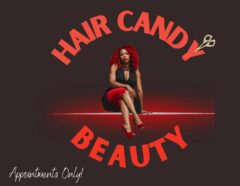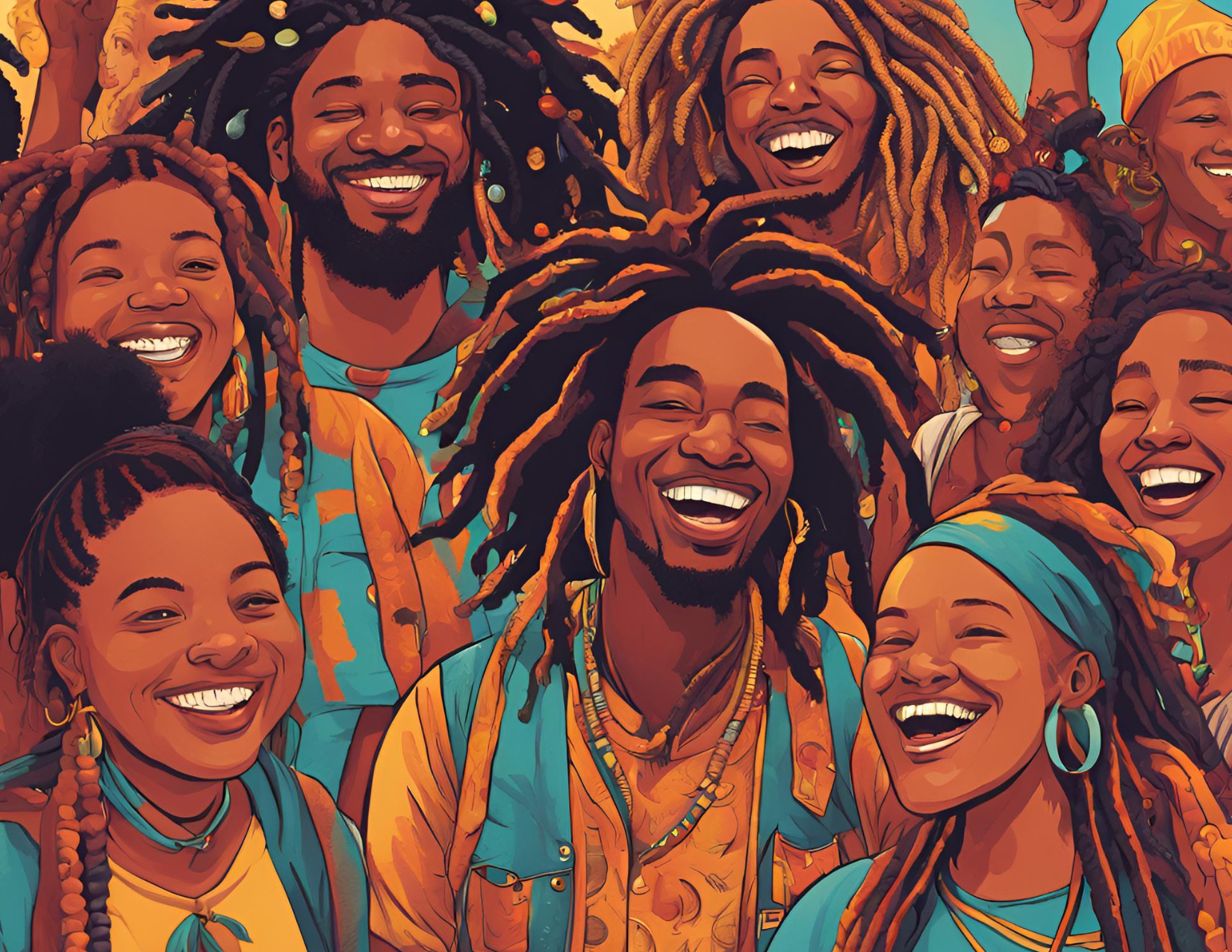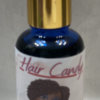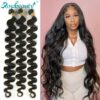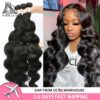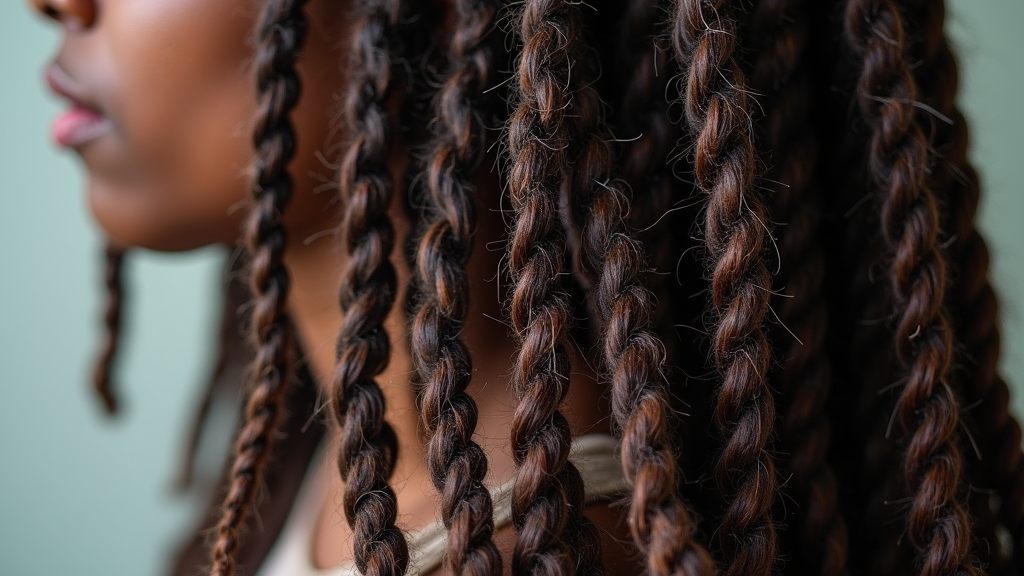 Welcome to a discussion about common myths and misconceptions surrounding dreadlocks. In this article, I address popular beliefs and provide insights based on research, cultural context, and everyday experience.
Welcome to a discussion about common myths and misconceptions surrounding dreadlocks. In this article, I address popular beliefs and provide insights based on research, cultural context, and everyday experience.
Table of Contents
ToggleQ1: Are Dreadlocks Unclean?
Dreadlocks have long been associated with cultural movements and spirituality. Some people claim that dreadlocks are unclean or unhealthy because they are thought to trap dirt and bacteria. However, this belief does not consider proper hair care practices. Just like any other hairstyle, maintaining dreadlocks requires regular cleaning, drying, and care. It is a common misconception that once hair is locked, it becomes permanently dirty. In reality, individuals who wear dreadlocks invest time in washing their hair with suitable products adapted to their scalp and hair type. Additionally, the very structure of dreadlocks does not prevent proper hygiene. With thoughtful routines that involve natural cleansers and occasional deep cleaning, those with dreadlocks enjoy a healthy and well-maintained look. The idea that dreadlocks are inherently unclean is a myth rather than a reflection of proper grooming practices.
Adding further details on this topic, many enthusiasts of this hairstyle emphasize that consistent care routines benefit not only the cleanliness but also the overall appearance of dreadlocks. Regular maintenance and scheduled deep cleaning sessions help keep the scalp healthy. People who sport dreadlocks also often experiment with natural remedies and eco-friendly products to make sure their hair remains in tip-top condition. This additional attention dispels any notion that the style is associated with neglect or poor grooming. Over time, as more individuals share their personal routines, it becomes clear that cleanliness is a matter of behavior rather than a consequence of having dreadlocks.
Q2: Does Wearing Dreadlocks Mean One Neglects Personal Hygiene?
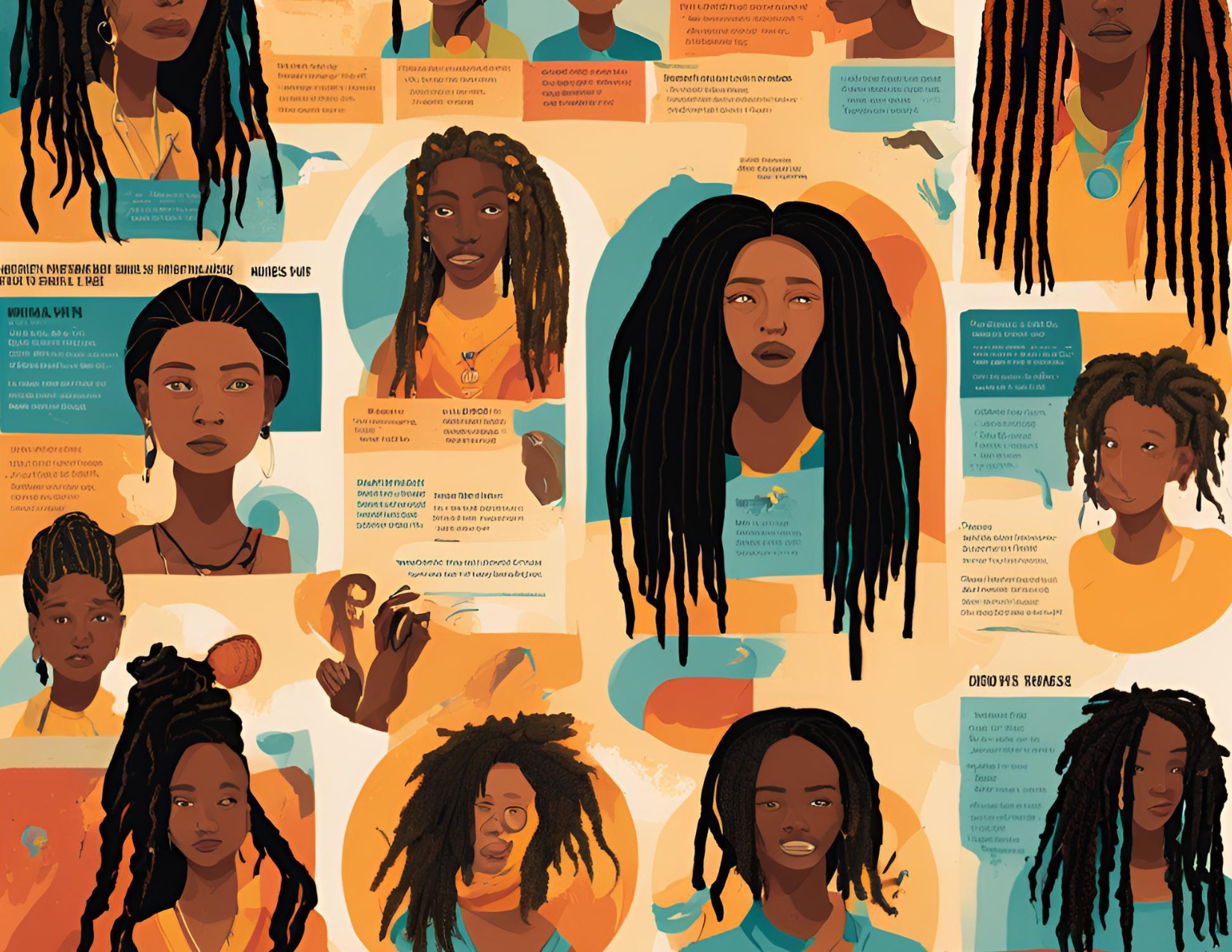
There are views that equate dreadlocks with neglect of general cleanliness, suggesting that the lifestyle that accompanies this hairstyle is careless. However, this stereotype ignores the diverse experiences of people who choose to wear dreadlocks. In many cultures, dreadlocks are embraced as an expression of heritage, identity, or personal style, with proper hygiene at its core. Regular cleaning routines, oil treatments, and careful combing techniques ensure that dreadlocks remain neat and healthy. It is worth noting that this myth overlooks the commitment required to maintain any hairstyle with such distinctive texture. Similar to long hair or curly hair, dreadlocks need diligent upkeep. People with dreadlocks often plan their schedule around routine washes and maintenance sessions, debunking any claim that they are ignoring personal hygiene. The misconception arises from an oversimplification of a diverse and culturally rich hair tradition.
To add some more perspective, many individuals who wear dreadlocks share detailed accounts of their daily and weekly hair care regimens. They spend time selecting the right cleaning products and setting aside time for gentle scalp massages that further promote cleanliness. This routine not only protects the health of their hair but also reinforces the idea that personal hygiene is paramount regardless of appearance. As more people talk about their effective methods, it becomes evident that maintaining personal hygiene is a priority that transcends hairstyles.
Q3: Will Dreadlocks Hurt Professional Opportunities?
An often repeated myth is that dreadlocks signal a lack of professionalism or reduce an individual’s chances for career success. While certain workplaces might have outdated dress codes, many modern companies value diversity and personal expression. Beliefs about professionalism are changing as more sectors recognize that job skills and work ethic are far more important than one’s hairstyle. In fact, many professionals with dreadlocks have demonstrated high levels of skill and responsibility in various fields, including media, law, and academia. When questions arise about appearance, it is always best to present oneself in a manner that aligns with company guidelines. The effects of judging someone based solely on appearance reinforce the myth, rather than acknowledge that skills and performance are the true indicators of professionalism. Over time, these misconceptions are steadily losing ground as workplaces evolve.
Adding further details, numerous success stories highlight that personal presentation and competency go hand in hand. Employees with dreadlocks often find that their unique style is seen as a reflection of confidence and authenticity. Conversations in corporate settings are beginning to shift, with more leaders openly discussing the importance of talent and dedication over superficial looks. As policies continue to modernize, the perception that one must conform to a single aesthetic is being challenged more and more each day.
Q4: Are Dreadlocks Easy to Maintain?
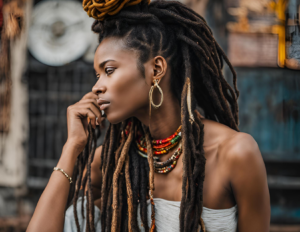
Another widespread misconception is that dreadlocks require little effort once they form naturally. On the contrary, maintaining dreadlocks can be a meticulous process that demands time, patience, and knowledge. Regular washing, separation of locks, and occasional re-twisting or palm rolling are parts of a routine aimed at preventing matting or uneven locks. Many people assume that dreadlocks form instantly and remain in perfect condition without intervention. However, the early stages, in particular, require attentive care until the locks become fully established. The level of maintenance depends on the desired style, hair type, and individual circumstances. While some individuals enjoy a more relaxed regimen, others engage in a daily routine that demonstrates just how much work goes into keeping dreadlocks feeling healthy. Therefore, the idea that dreadlocks are a low-maintenance style is another myth that fails to reflect the care that goes into sustaining this unique hairstyle.
Expanding on this subject, it is important to note that the maintenance of dreadlocks often involves a learning curve. New adopters typically spend several months and even years fine-tuning their routine. They explore different methods and products, and many eventually develop a personalized system that best suits their hair type. The hands-on experience gained over time ensures that the process is both educative and rewarding. Such dedication clearly illustrates that far from being effortless, dreadlocks require a serious commitment to upkeep and self-care.
Q5: Do Dreadlocks Conform to a Single Cultural or Fashion Trend?
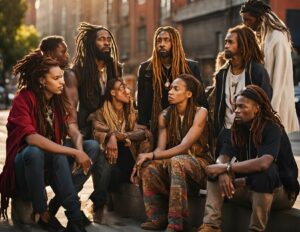
A common belief is that dreadlocks are merely a trend or belong exclusively to certain subcultures. This stereotype oversimplifies the rich history and cultural significance of dreadlocks. Across various civilizations, dreadlocks have been linked to spiritual, artistic, and cultural identities. They have adorned the heads of ancient warriors, monks, and modern creatives alike. The notion that everyone sporting dreadlocks is following a fad ignores the deep roots and varied meanings of the hairstyle. For many, dreadlocks symbolize a personal journey, a connection to ancestral traditions, or an embrace of countercultural identity. They are not confined solely to urban street styles or pop culture. The diversity in the experience of wearing dreadlocks highlights that this hairstyle transcends a single narrative. It brings together elements of personal empowerment, historical context, and artistic flair.
To further clarify, the cultural significance of dreadlocks can be seen in various art forms, literature, and historical records. Scholars and enthusiasts have long pointed out that the style has served multiple purposes—from spiritual symbolism to a statement of resistance against mainstream standards. This multifaceted role makes the hairstyle an example of how art, culture, and identity blend together. Modern wearers take pride in these layers of meaning, reinforcing that dreadlocks are more than a fleeting trend but an enduring symbol of self-expression and heritage.
The myths surrounding dreadlocks continue to persist due to misinformation and cultural biases. Each of these questions reveals that many of the negative stereotypes can be challenged through proper understanding and respect for personal expression. Whether it is a matter of hygiene, professional image, or personal heritage, the truth behind dreadlocks is that a broad palette of care routines and cultural histories informs their practice. This article aims to clear up common misconceptions and encourage both those who wear dreadlocks and those who encounter them to appreciate the deeper narrative beyond simple labels. Taking the time to learn about the care and meaning behind dreadlocks leads to an appreciation of diversity in personal style and cultural expression. I hope that shedding light on these issues helps foster a more just and understanding perspective when it comes to alternative hairstyles, reflecting a broader shift toward inclusive cultural dialogue.
Adding a concluding note, it is important to recognize that the care and significance of dreadlocks extend well beyond external appearances. People who choose this style are often engaged in a thoughtful process that celebrates both individuality and tradition. Through sharing detailed routines and historical contexts, a richer understanding of the hairstyle emerges. As society evolves and opens up to diverse expressions of identity, the conversation around dreadlocks also grows, encouraging us all to look beyond stereotypes and appreciate genuine cultural expressions. Bottom line: respect, care, and insight are key to truly understanding the depth behind the style.
